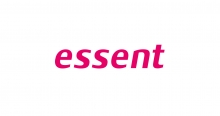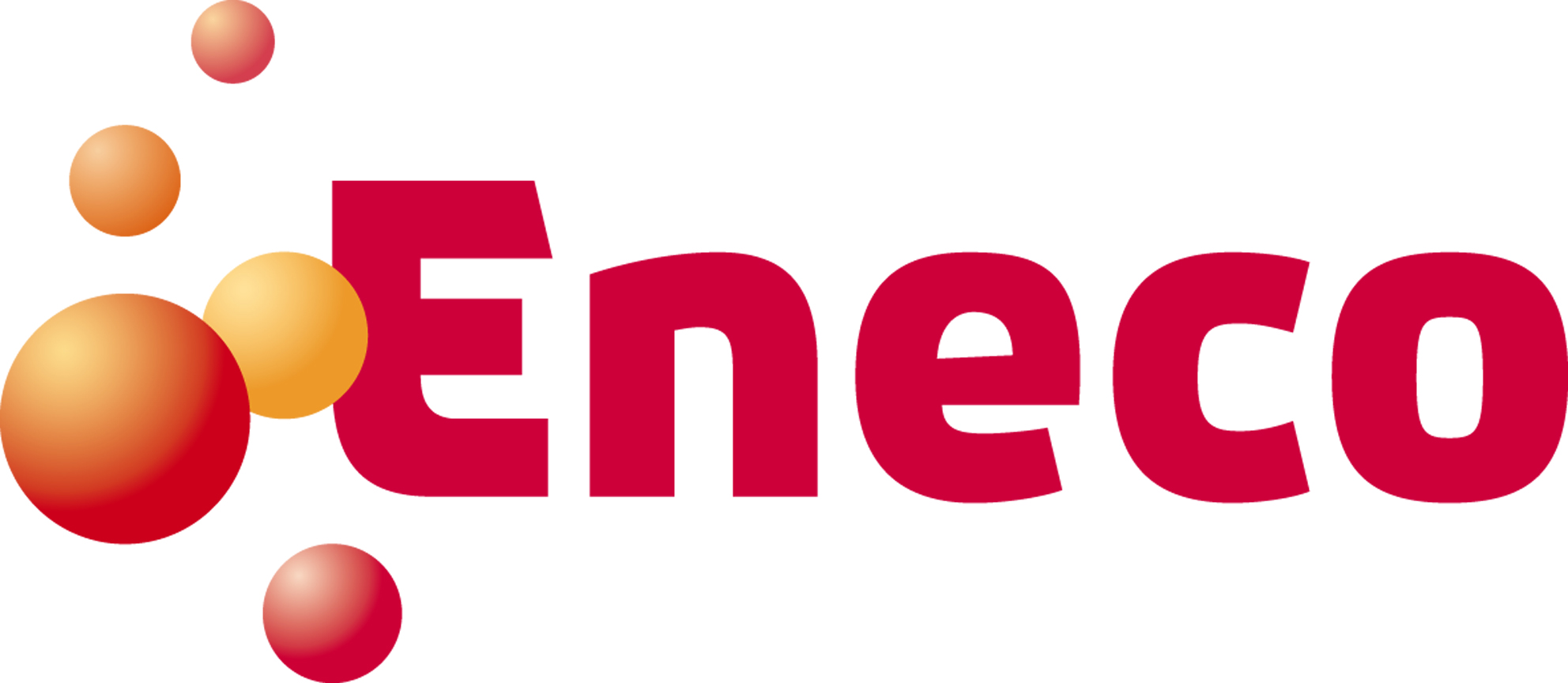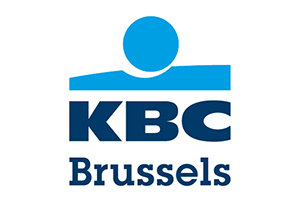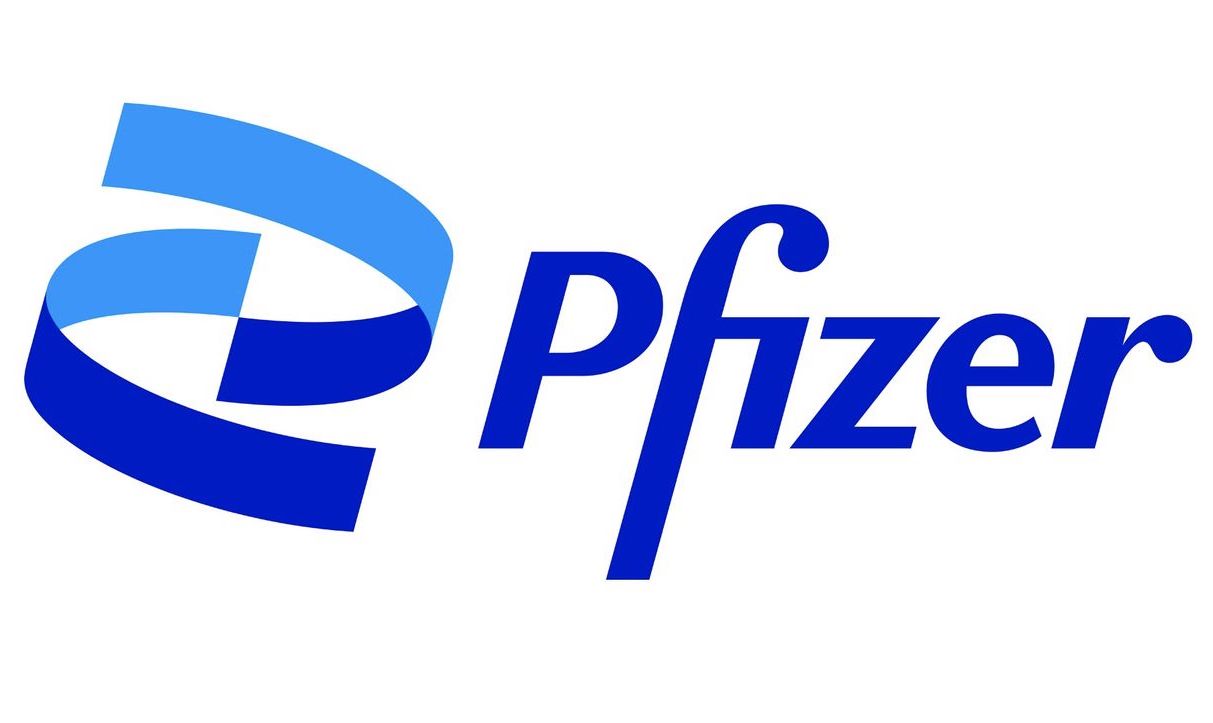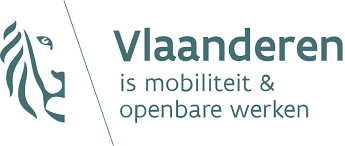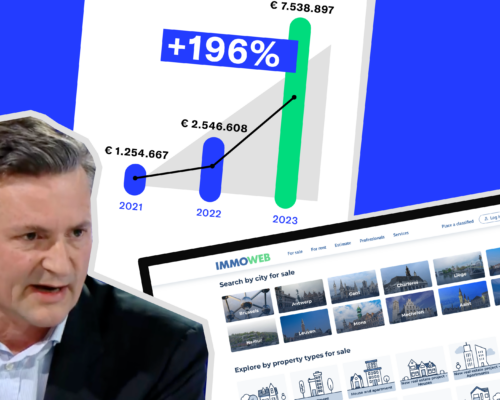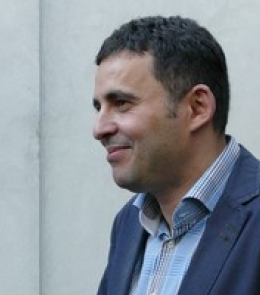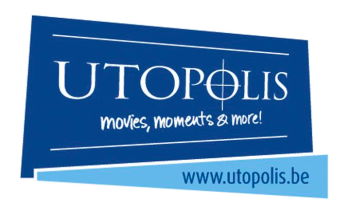In a time of crisis, much of the focus is on short-term crisis communication response, specifically on how to maximize the distance between the organization and the problem. But reputation recovery can also come from a deep transformation of the organization. By embracing the renewal strategy in crisis communication, the focus is not so much on avoiding blame – but on hope, optimism and innovation to restore and even improve the brand’s reputation.
In crisis communications, a lot of attention goes to the acute phase of crises – how should organizations respond? What tactics and strategies are available?
That initial response is, of course, vital for organizations – there’s a reason we speak of a “golden hour” in crisis communication. But less (or too little) attention is paid to the question: what to do next after this acute crisis phase? How can an organization rebuild its brand reputation after a crisis?
Turner speaks of a crisis as a “social drama”, in which the “offender” must reintegrate into society by taking (or showing) actions that can restore the organization’s reputation. In the below diagram we can see that well explained – but how exactly do organizations take “redressive action” to become reintegrated?
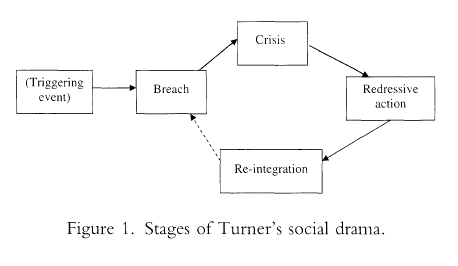
Phase 1: crisis communication response in the short term
A crisis is a sudden breach of trust between stakeholders and the organization: outsiders get the feeling that the organization has not behaved correctly. As a result, they don’t know what to think of the organization (or the person).
An example: one minute Bill Gates is a visionary philanthropist, the next his carefully created “geek-dad” image (according to Bloomberg) is shattered because he was friends with Jeffrey Epstein, a billionaire who abused young women. After that, journalists began to further investigate Gates – leading to further questions about his character.
So what should we think of Bill Gates today? Is he okay or not? Can the World Economic Forum invite him for a keynote this year or better not?
In an initial phase of crisis communication, everything comes down to reducing the immediate negative impact on reputation. This is called “single loop redressive action”: the organization must choose how to limit acute reputational damage.
For that first phase, Timothy Coombs’ Situational Crisis Communication Theory (SCCT) is often the framework of choice. Based on SCCT, organizations choose whether to deny the crisis, minimize – or take responsibility (“accommodate”).
(Bill Gates chose the “minimizing” strategy: “I only met Epstein twice, I was not friends with him”.)
Phase 2: reputation recovery from a brand crisis
In addition, organizations must engage in self-examination. A crisis does not (usually) happen by itself. Although the responsibility usually does not lie solely with the organization, the organization has often put too little effort into preventing the crisis.
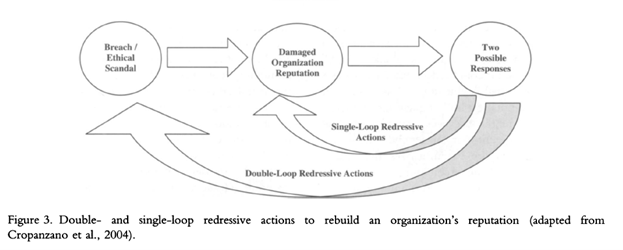
“Double loop redressive action” aims to identify the root causes of the crisis, address them and inform the stakeholders about this deeper transformational work. This is where a crisis offers opportunities: it offers the leadership a window to address cultural and behavioral issues inside the organization.
One of the ways to achieve reputation recovery is through the so-called “renewal” strategy (Seeger, Ulmer, Novak and Sellnow, 2005).
The “renewal” strategy in crisis communication: never waste a good crisis
An organization that chooses “renewal” shifts its focus from questions of blame to a perspective on how it will build a better future self.
The organization consciously and explicitly chooses to view the crisis as a learning moment that exposes the organization’s weaknesses. ‘Renewal’ is pre-eminently a strategy of hope and optimism. The strategy comes from the understanding that you must never waste a good crisis.
A successful renewal strategy has three important characteristics:
- Future-oriented. The focus is not on looking for explanations for the crisis, but on the actions the organization can take in the future. Example – Malden Mills (1995) On December 11, 1995, a fire broke out in a textile plant in Lawrence, Massachusetts. 36 people were injured and three Malden Mills buildings went up in flames. Bankruptcy seemed a fait accompli, but CEO and owner Aaron Feuerstein managed to avert the decline with a decisive intervention. While the flames were still bursting from the roof, he made a statement: ‘We’re not leaving here. We are staying in Lawrence.’ Three days later he announced that all workers would keep their wages until the plant was rebuilt.
- Hopeful and optimistic. The organization puts the focus on the opportunities presented by the crisis. Often this is the fact that there is a strong impetus to make change and develop new strategies. Example: Ursula Von der Leyen using the COVID crisis to propose a “Green Deal”.
- Based on strong leadership. The organization puts forward leaders who embody the (new) values of the organization. These new leaders often gain the trust of stakeholders for a time to make the necessary changes. Example: Travis Kalanick’s successor as CEO of Uber Dara Khosrowshahi rewriting Uber’s corporate values with an emphasis on ethical business practices – “We do the right thing. Period.” Even without explicitly stating how Uber will do “the right thing” from now on, a simple announcement of the change in direction is enough to buy credit – at least if it comes from a trusted leader.
A good example of renewal strategy at work can be found in the Netherlands, at the Gymfederatie (KNGU).
Example – Dutch Gym Federation (2021). Monique Kempff is president of the KNGU, the Dutch gymnastics federation. When an independent report had exposed that two-thirds of the KNGU’s member gymnasts had experienced transgressive behavior, Kempff did not try to deflect blame or deny responsibility for the issue. On the contrary, she seized the crisis to make clear both internally and externally the need for a cultural change.
She clearly and repeatedly stated in media and on the channels of the KNGU: “We did not do enough to prevent these complaints. As KNGU, we have a duty to step up.’
Kempff also announced that the KNGU would implement every recommendation of the investigators:
The much desired culture change has been work in progress for a number of years, but this report shows that it is important to go one step further. Only then can we offer recognition and draw lessons for the future.
Monique Kempf, KNGU
Kempff explicitly presents herself as the leader who wants to implement this change top down in the KNGU. Nor does she shy away from the crisis: she herself keeps it high on the agenda and uses the crisis to legitimize her leadership and vision: now is the time to make these changes.
Types of crises that qualify for a ‘renewal’ approach to reputation recovery
Finally, there is the question of whether ‘renewal’ qualifies in all crises. Broadly speaking, we see three conditions:
- The organization or person involved must not bear too much responsibility for the crisis. Thus, a renewal strategy is less appropriate for individuals who are discredited, or for organizations that bear serious criminal or civil responsibility. New leadership (such as Uber) can sometimes resolutely opt for a renewal approach.
- Renewal’ is more effective when the organization already had a good relationship with stakeholders such as customers, employees and the community in which it operates before the crisis. Such an organization can fall back on greater support during reconstruction. This may seem obvious, but very often FINN receives questions from organizations that have neglected their stakeholders and urgently need to find friends during a crisis. That is not easy.
- A final crucial condition for renewal is corrective action: the organization and its leader must show that they are determined to resolve the crisis through concrete actions and to reinvent the organization afterwards with equally concrete actions. This corrective action must under no circumstances give the impression that the organization is putting on the handbrake. Whoever announces a big clean-up, must also effectively muck out all the stalls and open all the smelly pots, and continue to communicate about this extensively and proactively. Anyone who wants to thoroughly renew their reputation will be given time and credit for this by stakeholders, but only insofar as it is generous and sincere
Questions about crisis communication and reputation recovery?
FINN offers more than twenty years of experience in crisis communication, both on the media side and on the side of organizations. We are available 24/7 to support you in crisis communication and issue management.
Sources
- Carr, A., Bill Gates’s Carefully Curated Geek Image Unravels in Two Weeks, Bloomberg, May 21, 2021, https://www.bloomberg.com/news/articles/2021-05-21/bill-gates-s-carefully-curated-dad-geek-image-unravels-in-two-weeks?sref=hjWion8Q
- O’Brien, Sara Ashley, New from Uber: ‘We do the right thing. Period.’, CNN Business (2017), https://money.cnn.com/2017/11/07/technology/uber-do-the-right-thing/index.html
- Scholten, Esther, Voorzitter turnbond reageert op het rapport: ‘Niemand mag nu meer wegkijken’, Trouw, 28 april 2021, https://www.trouw.nl/sport/voorzitter-turnbond-reageert-op-het-rapport-niemand-mag-nu-meer-wegkijken~b8b439f9/
- Seeger, Matthew & Ulmer, Robert & Novak, Julie & Sellnow, Timothy. (2005). Post-Crisis Discourse and Organizational Change, Failure and Renewal. Journal of Organizational Change Management. 18. 78-95. 10.1108/09534810510579869.
- Sims, R. Toward a Better Understanding of Organizational Efforts to Rebuild Reputation Following an Ethical Scandal. J Bus Ethics 90, 453 (2009). https://doi.org/10.1007/s10551-009-0058-4


















